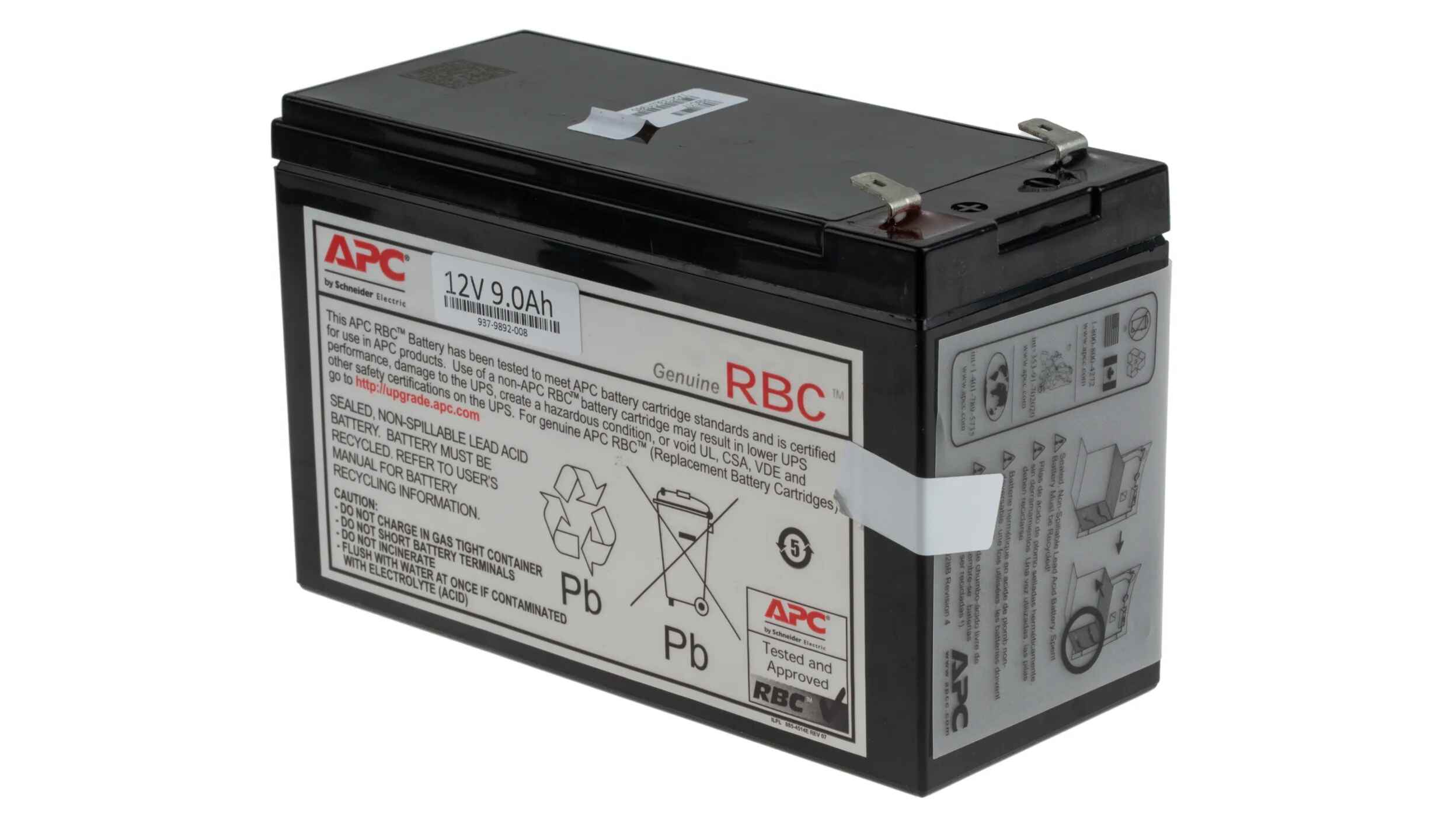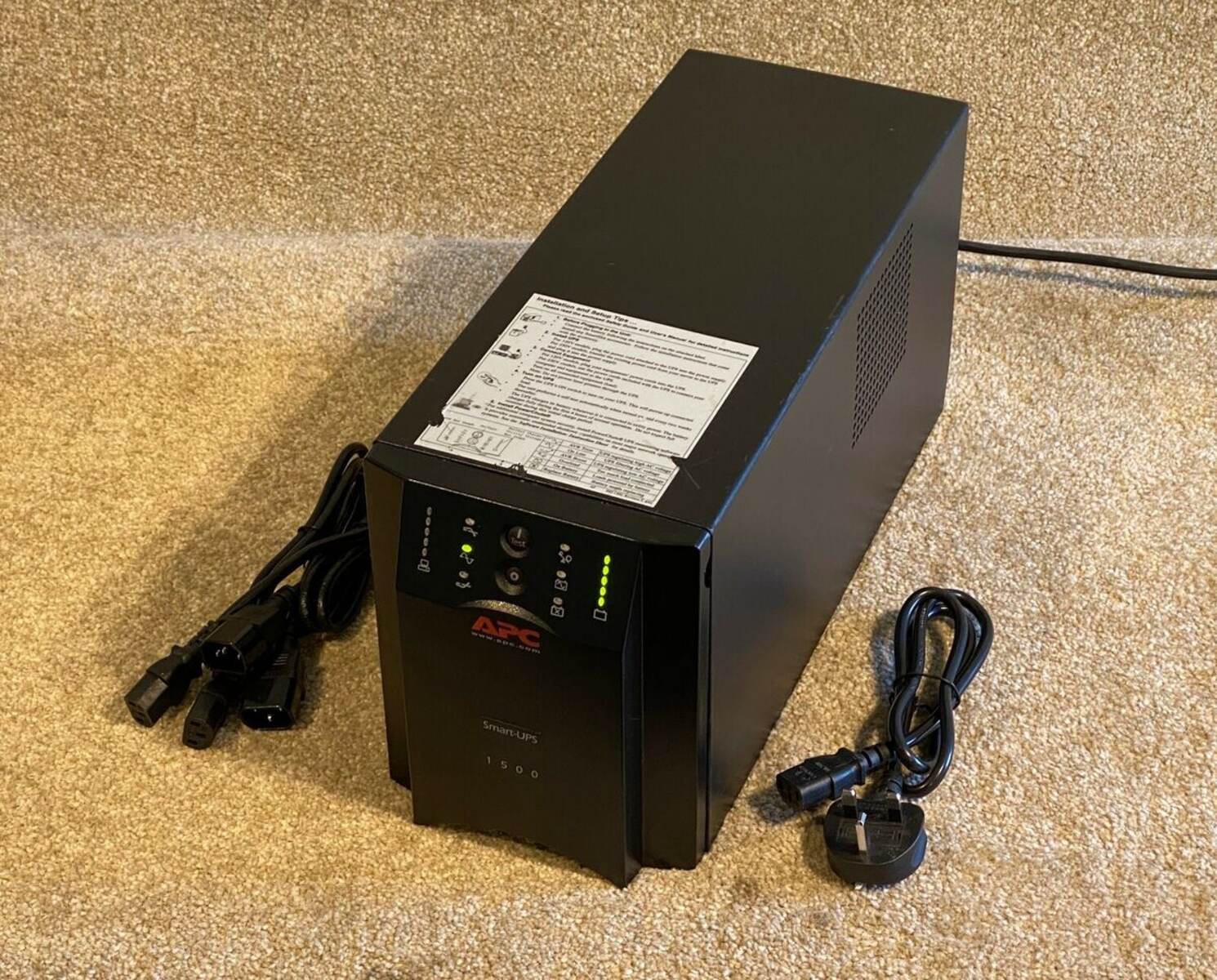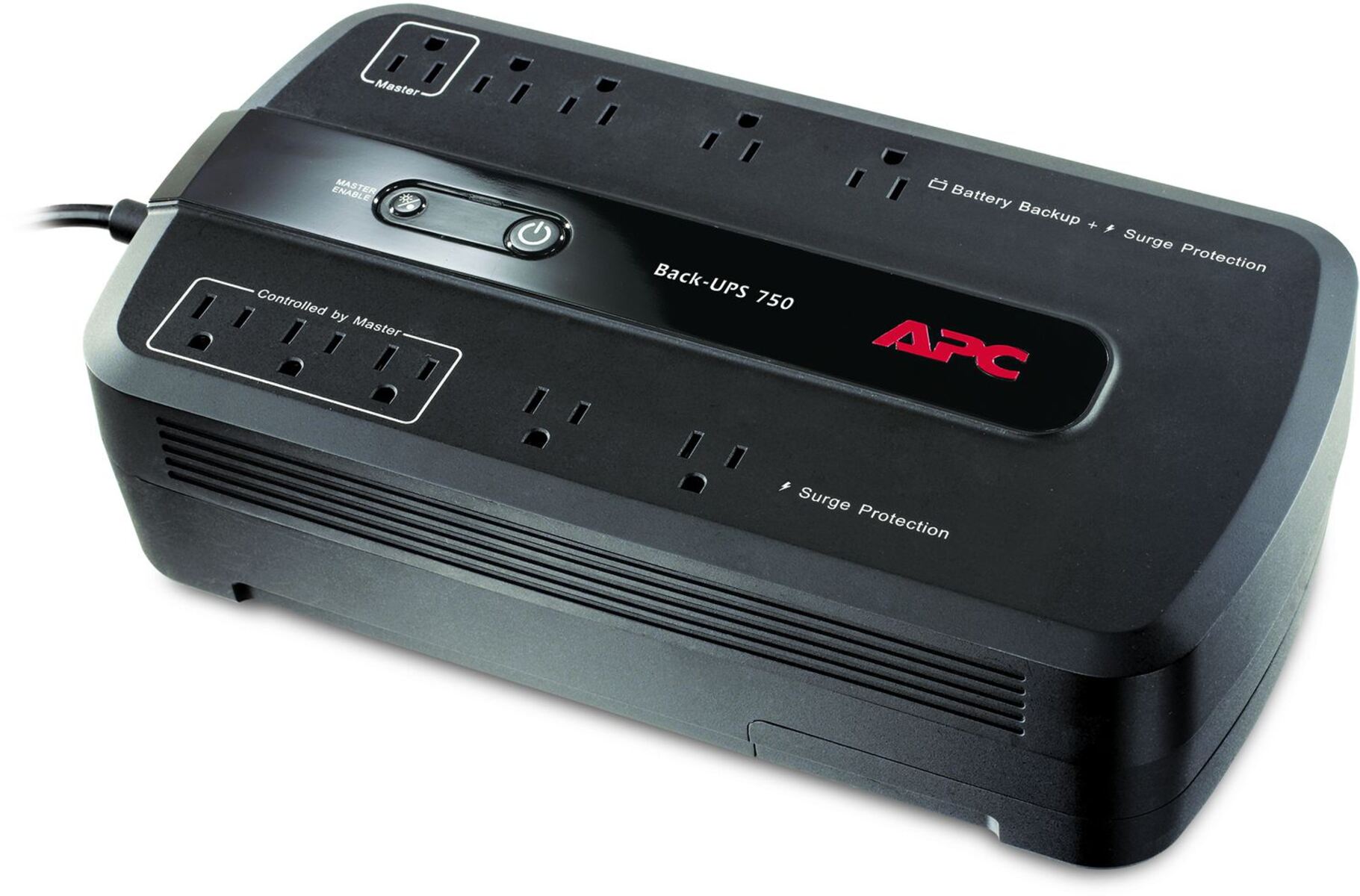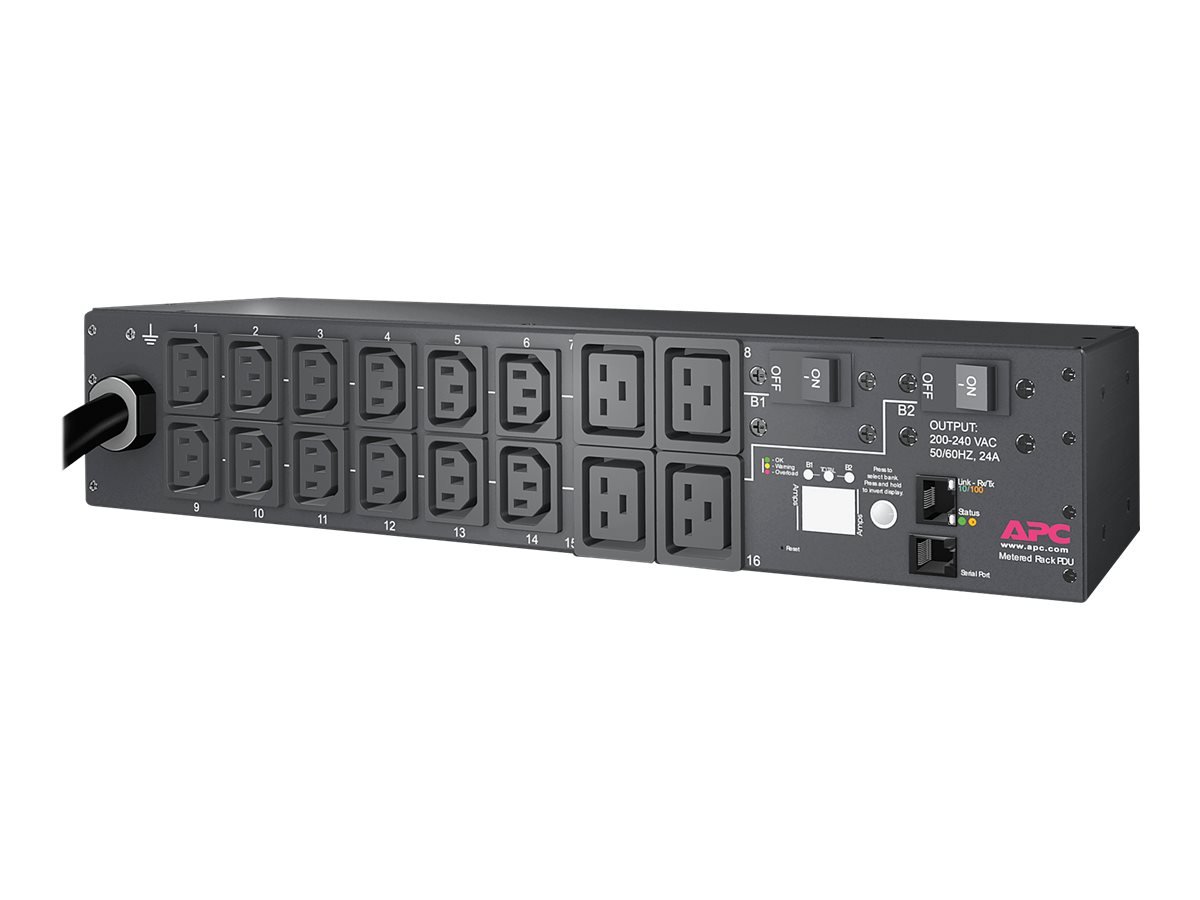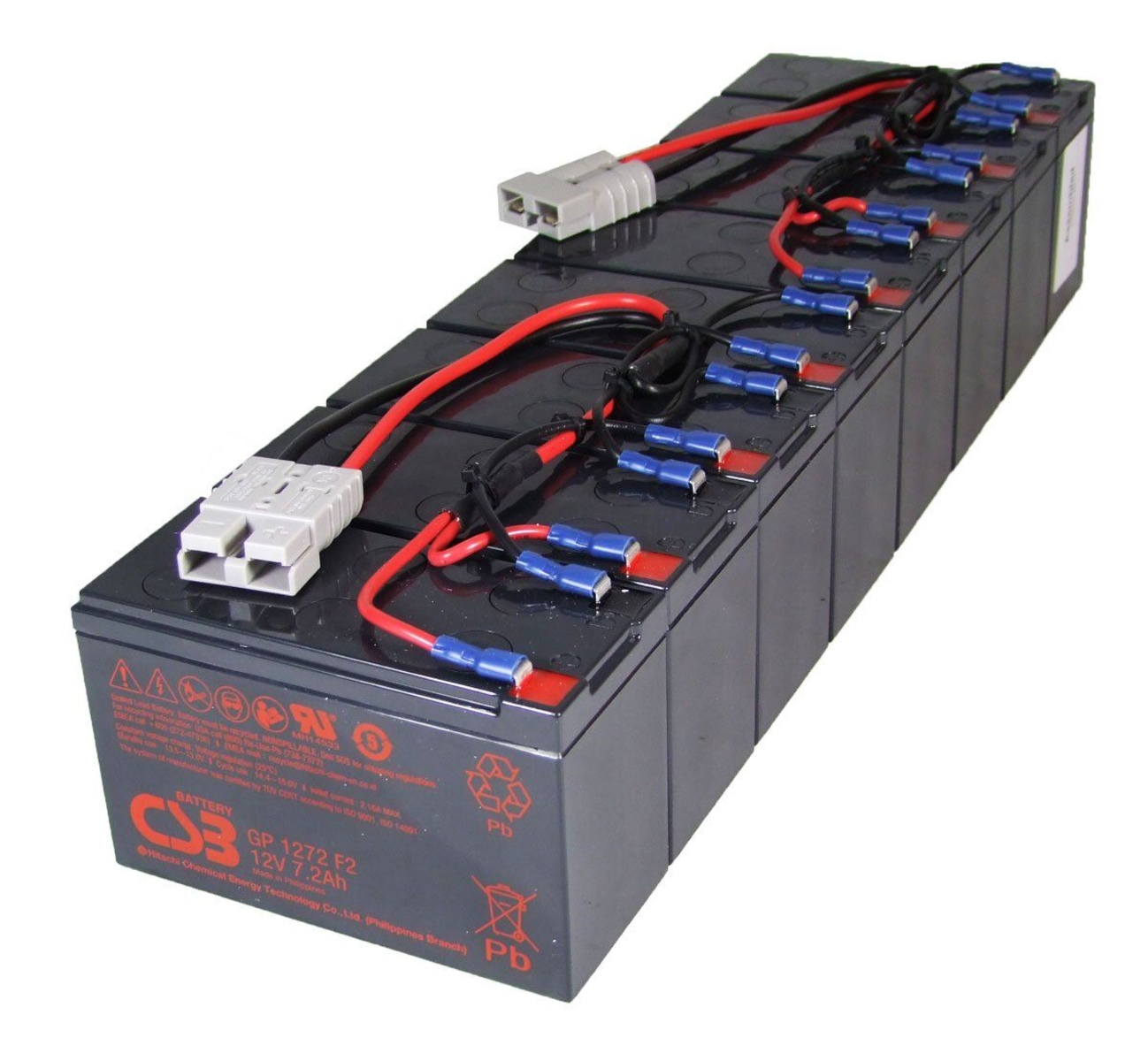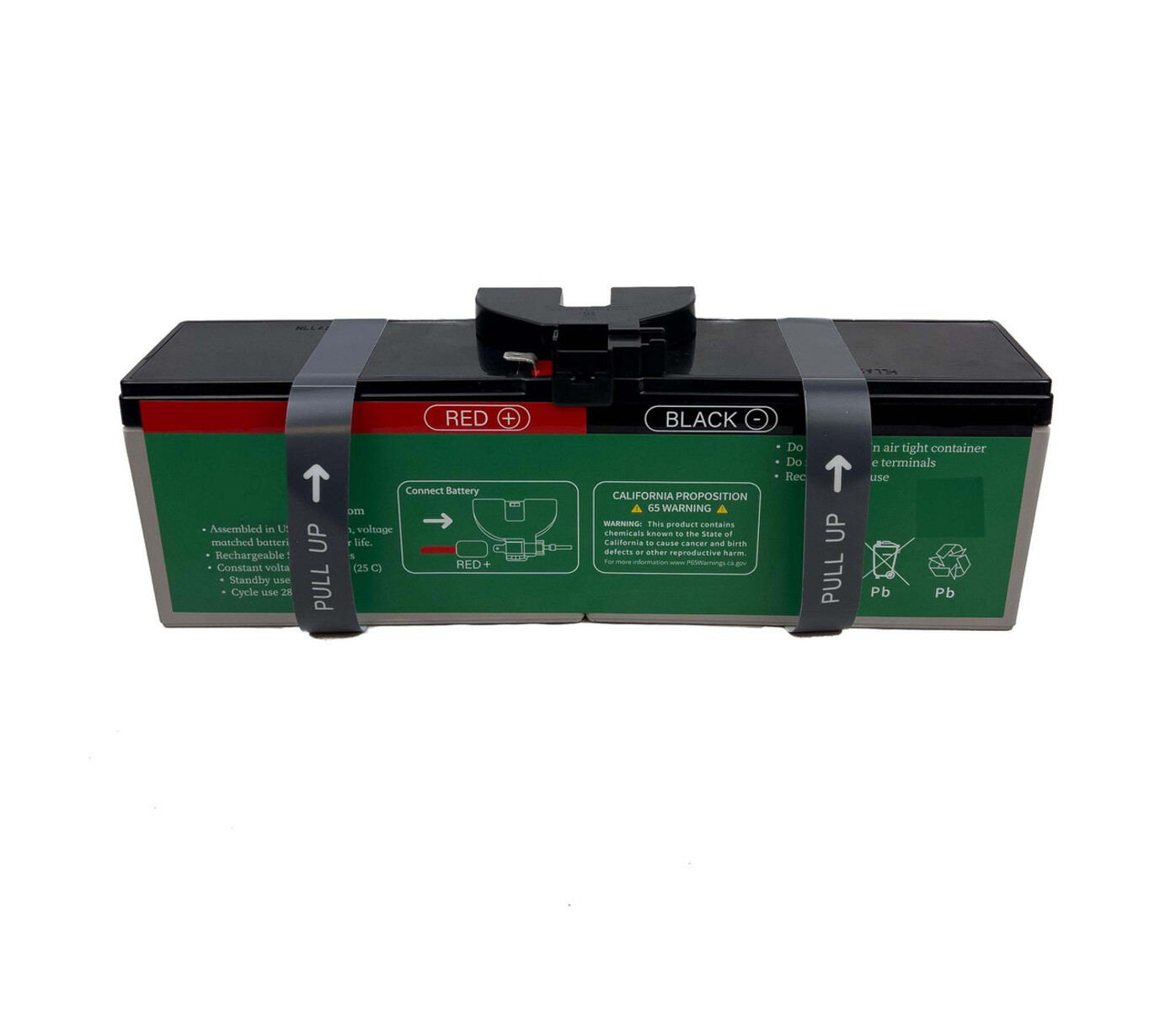Introduction
Welcome to the guide on resetting an APC UPS battery. An Uninterruptible Power Supply (UPS) is a crucial component in safeguarding electronic devices from power disruptions. However, over time, UPS batteries may encounter issues that require a reset to restore their functionality. This guide will walk you through the process of resetting an APC UPS battery, ensuring that your critical equipment remains protected and operational.
A UPS serves as a vital intermediary between your electronic devices and the power supply, offering a reliable source of power during outages or fluctuations. The battery within the UPS is integral to its operation, providing backup power when needed. Despite the robust nature of APC UPS batteries, occasional malfunctions or performance issues may arise, necessitating a reset to rectify the situation.
Understanding the intricacies of an APC UPS battery and the reset process is essential for maintaining the efficiency and reliability of your power backup system. Whether you are a business owner seeking to protect valuable equipment or a homeowner safeguarding electronic devices, knowing how to reset an APC UPS battery is a valuable skill.
In the following sections, we will delve into the details of APC UPS batteries, explore the steps involved in resetting them, and discuss the importance of testing the reset to ensure its effectiveness. By the end of this guide, you will have the knowledge and confidence to perform a successful reset of your APC UPS battery, empowering you to keep your electronic devices secure and operational.
Let's embark on this informative journey to gain a comprehensive understanding of APC UPS batteries and the process of resetting them. Whether you are a novice or an experienced user, this guide will equip you with the necessary insights to navigate the world of UPS maintenance and troubleshooting.
Understanding the APC UPS Battery
Before delving into the reset process, it is essential to comprehend the fundamental aspects of an APC UPS battery. An APC UPS battery is a rechargeable energy storage device that plays a pivotal role in providing uninterrupted power to connected electronic equipment during utility power disruptions. These batteries are designed to offer seamless transitions between power sources, ensuring continuous operation of critical devices.
APC UPS batteries are engineered with advanced technology to deliver reliable performance and robust power backup capabilities. They are available in various capacities to accommodate diverse power requirements, ranging from small home setups to large-scale business environments. The batteries are built to withstand frequent charge and discharge cycles, maintaining their effectiveness over extended periods.
Key components of an APC UPS battery include the sealed lead-acid (SLA) cells, which are the core elements responsible for storing and delivering power. The battery management system (BMS) monitors and regulates the charging and discharging processes, optimizing the battery’s lifespan and performance. Additionally, the external casing provides protection and thermal management, ensuring safe and efficient operation.
Understanding the specifications and operational characteristics of APC UPS batteries is crucial for identifying potential issues and implementing appropriate maintenance procedures. Common indicators of battery-related issues include reduced backup time, frequent alarms, or irregular behavior during power outages. By familiarizing yourself with the intricacies of APC UPS batteries, you can proactively address any anomalies and ensure the continuous availability of backup power.
As we proceed, we will explore the step-by-step process of resetting an APC UPS battery, empowering you to address battery-related concerns effectively. By gaining a comprehensive understanding of the APC UPS battery, you will be better equipped to maintain the reliability and performance of your power backup system, thereby enhancing the resilience of your electronic devices.
Steps to Reset an APC UPS Battery
Resetting an APC UPS battery involves a systematic approach to ensure the successful restoration of its functionality. Before initiating the reset process, it is essential to adhere to safety precautions and disconnect any critical equipment from the UPS to prevent potential damage. The following steps outline the procedure for resetting an APC UPS battery:
- Step 1: Power Down the UPS
- Step 2: Disconnect AC Power
- Step 3: Remove the Battery
- Step 4: Discharge residual power
- Step 5: Reinstall the Battery
- Step 6: Reconnect AC Power
- Step 7: Power Up the UPS
Begin by powering down the UPS unit using the designated shutdown procedure. This ensures that the battery is not actively supplying power during the reset process, minimizing the risk of electrical hazards.
Unplug the UPS from the AC power source to eliminate the input power supply. This step is crucial in preparing the UPS for the reset and minimizing potential electrical interference.
Carefully remove the battery from the UPS unit, following the manufacturer’s guidelines and safety instructions. Ensure that all connections are detached, and handle the battery with caution to prevent any damage or injury.
Press and hold the power button on the UPS unit for a few seconds to discharge any residual power. This step helps reset the internal circuitry and prepares the UPS for the reinstallation of the battery.
Reinsert the battery into the UPS unit, ensuring that it is securely positioned and all connections are properly reattached. Follow the specific guidelines provided by the manufacturer to ensure a correct and safe installation.
Plug the UPS back into the AC power source, allowing the battery to recharge and the UPS to resume its normal operation. This step initiates the reintegration of the battery into the UPS system.
Power up the UPS unit using the designated startup procedure, enabling it to function with the reset battery. Monitor the UPS for any error messages or alarms, ensuring that the reset has been completed successfully.
By following these sequential steps, you can effectively reset an APC UPS battery, addressing potential issues and restoring its operational integrity. It is essential to exercise caution and refer to the manufacturer’s guidelines throughout the reset process to ensure safety and optimal performance.
Testing the Reset
After completing the reset process for an APC UPS battery, it is crucial to conduct thorough testing to validate the effectiveness of the reset and ensure the reliable functionality of the UPS system. Testing the reset involves assessing various parameters and performance indicators to confirm that the battery is operating as intended. The following steps outline the testing procedure for an APC UPS battery reset:
- Load Test
- Runtime Assessment
- Alarm Verification
- Battery Health Check
- Redundancy Evaluation
Initiate a controlled load test by connecting a predetermined power load to the UPS and simulating a power outage scenario. Monitor the UPS’s ability to sustain the load and provide uninterrupted power, verifying that the reset battery can support the connected devices without any issues.
Measure the runtime of the UPS under the simulated load to determine the duration for which it can sustain the connected devices. Compare the runtime with the expected backup time specified by the manufacturer to ensure that the reset has optimized the battery’s performance.
Observe the UPS for any alarm notifications or error indicators during the testing phase. Verify that the reset has resolved any previously reported alarms or irregular behavior, indicating that the UPS battery is functioning correctly following the reset.
Utilize the UPS’s built-in diagnostics or monitoring software to assess the overall health and condition of the reset battery. Check for any anomalies or irregularities in the battery’s performance metrics, such as voltage levels and temperature, to ensure its optimal operation.
If the UPS system features redundant or parallel configurations, evaluate the synchronization and coordination of multiple batteries following the reset. Confirm that all batteries operate harmoniously and contribute to the seamless provision of backup power.
By meticulously testing the reset APC UPS battery, you can ascertain its reliability and suitability for safeguarding critical electronic equipment. Thorough testing provides the assurance that the reset has effectively addressed any underlying issues, allowing you to trust in the uninterrupted power supply provided by the UPS system.
Conclusion
As we conclude this comprehensive guide on resetting an APC UPS battery, it is evident that a clear understanding of the UPS system and the reset process is essential for maintaining the reliability and performance of critical electronic devices. By familiarizing yourself with the intricacies of APC UPS batteries and following the systematic steps for resetting them, you can effectively address potential issues and ensure the seamless provision of backup power.
The process of resetting an APC UPS battery encompasses careful preparation, safe handling of the battery, and meticulous testing to validate the reset’s effectiveness. By adhering to the manufacturer’s guidelines and safety precautions, you can navigate the reset process with confidence, safeguarding both the UPS system and the connected electronic equipment.
Thorough testing following the reset is imperative, allowing you to assess the UPS’s performance under simulated load conditions and verify the optimized functionality of the reset battery. This testing phase provides valuable insights into the reliability and endurance of the UPS system, instilling confidence in its ability to sustain critical devices during power disruptions.
Whether you are a business owner, a home user, or an IT professional, the knowledge and proficiency gained from this guide empower you to proactively maintain and troubleshoot APC UPS batteries, contributing to the resilience and longevity of your electronic devices. The ability to reset an APC UPS battery effectively is a valuable skill that ensures the continuous availability of power, mitigating the impact of unforeseen outages and fluctuations.
By embracing the insights presented in this guide, you have equipped yourself with the expertise to navigate the intricacies of APC UPS maintenance and reset procedures, fostering a reliable and robust power backup infrastructure for your unique requirements. As you apply this knowledge in practice, you contribute to the seamless operation and protection of electronic devices, enhancing their longevity and performance.
With a firm grasp of the reset process and the importance of thorough testing, you are well-prepared to address any potential challenges related to APC UPS batteries, ensuring the sustained functionality of critical equipment and the uninterrupted operation of vital systems.







